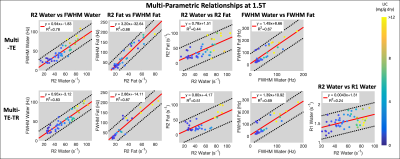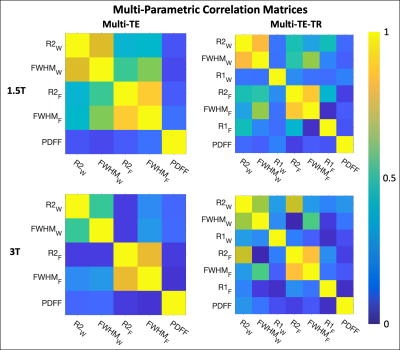Gregory Simchick1,2, Ruiyang Zhao1,2, Gavin Hamilton3, Scott Reeder1,2,4,5,6, and Diego Hernando1,2,4
1Radiology, University of Wisconsin-Madison, Madison, WI, United States, 2Medical Physics, University of Wisconsin-Madison, Madison, WI, United States, 3Radiology, University of California-San Diego, San Diego, CA, United States, 4Biomedical Engineering, University of Wisconsin-Madison, Madison, WI, United States, 5Medicine, University of Wisconsin-Madison, Madison, WI, United States, 6Emergency Medicine, University of Wisconsin-Madison, Madison, WI, United States
1Radiology, University of Wisconsin-Madison, Madison, WI, United States, 2Medical Physics, University of Wisconsin-Madison, Madison, WI, United States, 3Radiology, University of California-San Diego, San Diego, CA, United States, 4Biomedical Engineering, University of Wisconsin-Madison, Madison, WI, United States, 5Medicine, University of Wisconsin-Madison, Madison, WI, United States, 6Emergency Medicine, University of Wisconsin-Madison, Madison, WI, United States
Several biomarkers of diffuse liver disease, including R1, R2, and FWHM (as a surrogate for R2*) estimated using STEAM-MRS demonstrated moderate to high correlations with each other at 1.5T and 3T in subjects with liver iron overload.

Figure 2: Multi-parametric linear relationships obtained using multi-TE (first row) and multi-TE-TR (second row) STEAM-MRS at 1.5T. The line of best fit (solid red line) and 95% confidence intervals (dashed black lines) are displayed. Individual data points are color coded based on liver iron concentration (mg of Fe per g of dry tissue) measured by Ferriscan. High (R2 > 0.75) and moderate correlations (R2 = 0.44 – 0.69) were observed between various parameters. Similar slopes were observed across sequences, and R1water demonstrated less of a dependence on LIC than R2 and FWHM.

Figure 1: Multi-parametric coefficient of determination (R2) correlation matrices for parameters obtained using multi-TE (first column) and multi-TE-TR (second column) STEAM-MRS at 1.5T (first row) and 3T (second row). The subscripts W and F indicate the parameters associated with the water and fat resonance peaks, respectively. The linear relationships (slopes and intercepts) associated with these correlation matrices are given in Table 1, except for the PDFF relationships. These were excluded due to inconsistent results across the multi-TE and multi-TE-TR sequences.
